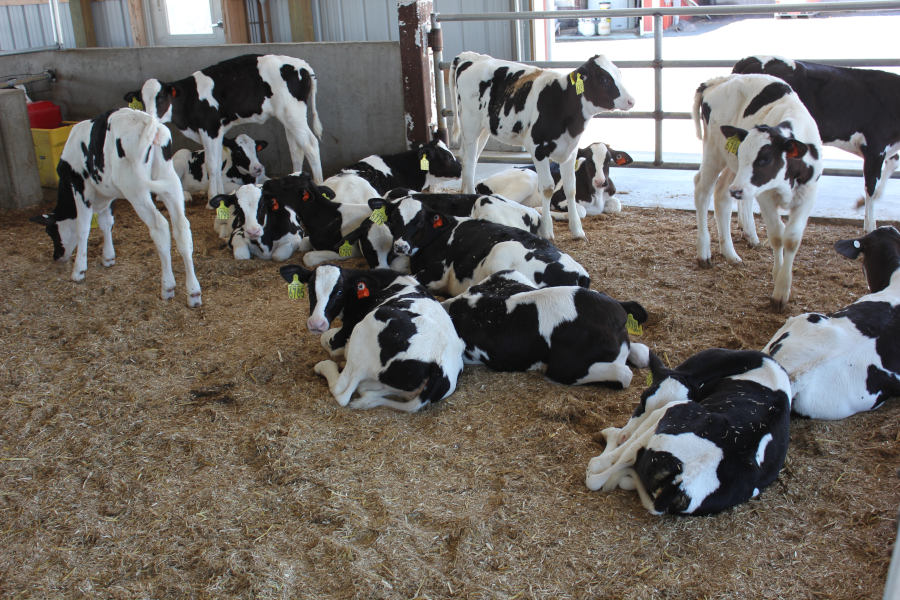
Dust exposure in the field agriculture is inevitable and most will encounter concentrations of dust during normal work. As a safety concern, dust concentrations from activities such as loading/unloading product or grinding/mixing grain, hay, or silage can affect health as exposure increases. Most people will have some reaction to dusty conditions. These reactions can range from a runny nose, chest tightness or wheezing, sore/irritated throat, nasal/eye irritation, or feeling of being congested to even bigger health problems such as “Farmer’s Lung” which can also develop. Exposure and health symptoms are complex, but you can take steps to keep safe & healthy. Simple actions such as staying in the cab with the door closed when unloading or using the wind to your advantage rather that standing directly in a cloud of dust any time grain is being moved or feed products are being mixed can be used to decrease your exposure to dust and benefit your health. Practicing these types of safe actions are important to keep in mind. For a full list of tips and information on maintaining respiratory health and safety in agriculture please visit: goo.gl/QSy7Tp.
It’s Winter in Wisconsin — Here Are Tips for Mitigating Cold Stress in Your Herd
- Provide an adequate quantity and quality of additional feed and clean, temperate water.
- Provide additional energy and electrolytes to ensure meeting the metabolic call for additional nutrients.
- Cow bedding and housing areas should be dry and free from manure with fresh bedding provided daily.
- Teed dips that include skin conditioners like glycerin and lanolin can help prevent frostbite and bacterial infections.
- Windbreaks in outside holding areas supply protection.
Northside Holiday Hours:
7 am to 1 pm Christmas Eve
Closed Christmas Day
Closed New Years Day
